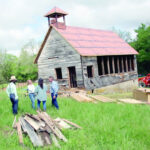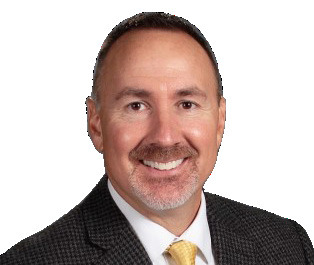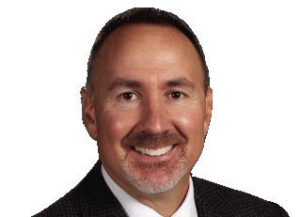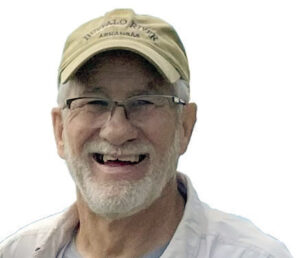Missouri’s public school foundation formula was created to ensure every district has enough funding to provide an adequate education for students, no matter where they live.
The foundation formula starts with an adequacy target, which is the amount of money needed to educate a single student. It multiplies that number based on student attendance, area cost of living and, in some cases, student characteristics that might require extra funds such as a disability. The formula then factors in how much funding districts can raise from local property taxes. The State Adequacy Target (SAT) is a number that represents what the average high-performing district spends per pupil. That number is used to calculate funding for all other public districts. This year’s SAT is $6,375 per student.
Schools receive money from local, state, and federal sources. At Cassville R-IV School District, approximately 42 cents of every dollar comes from local sources. The rest comes from various state and federal sources. Unfortunately, schools cannot spend that money as freely as they might want. There are restrictions and guidelines that must be followed. Certain monies must be allocated accordingly. I will attempt to explain some school expenditures and why they are made.
Most people probably do not realize that schools are required by state law to use 1 percent of their state foundation formula money for professional development activities. At Cassville, approximately $70,000 per year must be set aside for training activities, and at least 75 percent must be spent during the year. Any unspent money must be put into a special account and be added to the following year’s allocation. This is why schools are able to send teachers to conferences or provide other professional training to improve their teaching skills. While that may seem like frivolous spending to some, rest assured that the school is only following the law.
Federal program funds must also be spent according to specific guidelines. Last school year our district received $719,070 in Title I funds, but was only allowed to spend it according to Title I guidelines. Title I funds helped pay for salaries, materials and supplies, and purchased services. If this money was not spent according to the guidelines set forth by DESE, the district would not receive the money at all.
Due to the many complexities of public school funding, the Senate Education and Workforce Development Committee is sponsoring SB 17 which would make two changes to the funding formula. The first would be a change to the way the SAT is calculated. The second would change the way financial need is measured within districts. With changes that occurred during the pandemic, free and reduced lunch numbers are not as accurate as they were in the past. Under SB 17, the Census Bureau’s poverty percentage could be factored into the calculation which could capture students who qualify but are being under-counted. Over the life of the formula, we have seen an increase in the SAT of about 4 percent. During that same time, inflation has been over 30 percent.
As a reminder, the Cassville R-IV School Board decided to place a no-tax rate bond issue on next week’s April 4 ballot. There were three high priority projects which our Board, staff, and stakeholders placed in the District’s Continuous School Improvement Plan (CSIP) last fall. These top priorities, which are included in the ballot language, are a performing arts center, districtwide safety upgrades and energy saving/maintenance improvements. Please remember to go to the polls next Tuesday to vote. More information about Proposition P.A.W.S. can be found on our website at cassville.k12.mo.us.
If you have a particular topic you would like addressed, or if you have any ideas or questions concerning facility upgrades, additions, or school finance, please contact me by email at mjohnson@cassville.k12. mo.us or by phone at 417847-2221.
Merlyn Johnson is the superintendent of Cassville schools. He may be reached at 417-847-2221 or at mjohnson@cassville.k12. mo.us.







